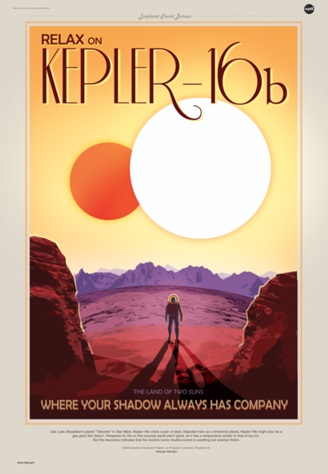
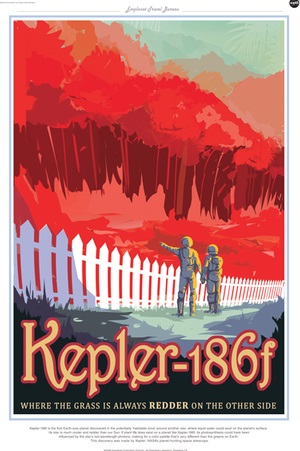
Haunting the Web Since 1999


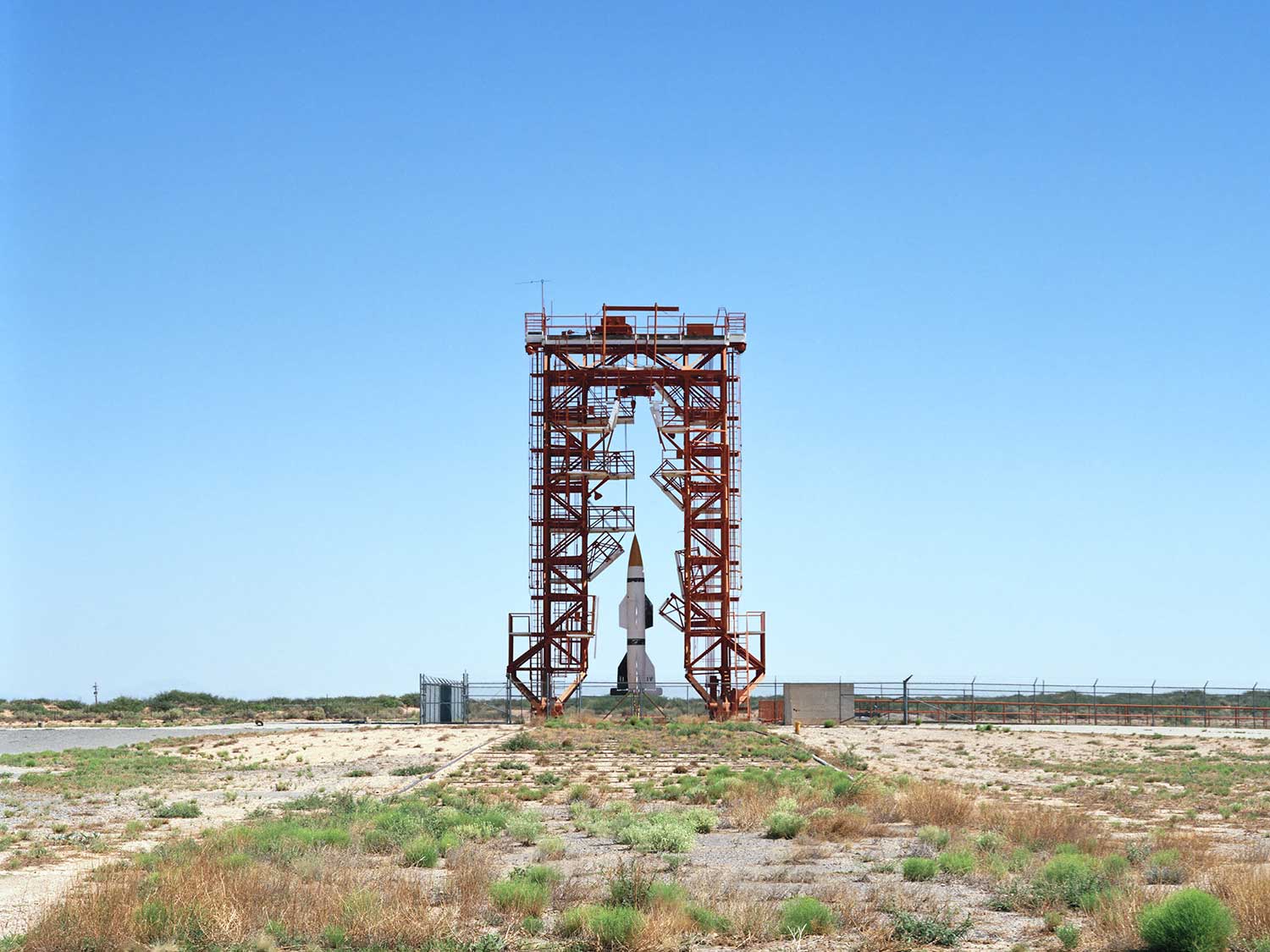
In Wired, photographer Roland Miller captures the decaying infrastructure of the early space race. “As launch pads were replaced, retrofitted or decommissioned, Miller was invited inside. By his estimate, 50 percent of the things he’s photographed no longer exist. ‘It’s not in NASA’s mission to conserve these sites,’ he says. ‘With shrinking budgets it’s an impossible thing to do.'”
“There’s not only last week’s deadly crash by Virgin Galactic, which hoped to launch widespread space tourism, or the unexpected explosion of a rocket headed toward the International Space Station. The United States also retired the space shuttle fleet in 2011. And…we now spend less on NASA — relative to the wealth of overall economy — than at any point in history.”
In very related news, and in the wake of Interstellar (which, on account of all the reasons I just mentioned, I haven’t seen yet), the Post‘s Zachary Goldfarb briefly surveys our current neglect of the space program. (Here’s what we’ve got planned at the moment.) “As recently as 2012, polling showed that more Americans than ever before thought that we were spending too little.”
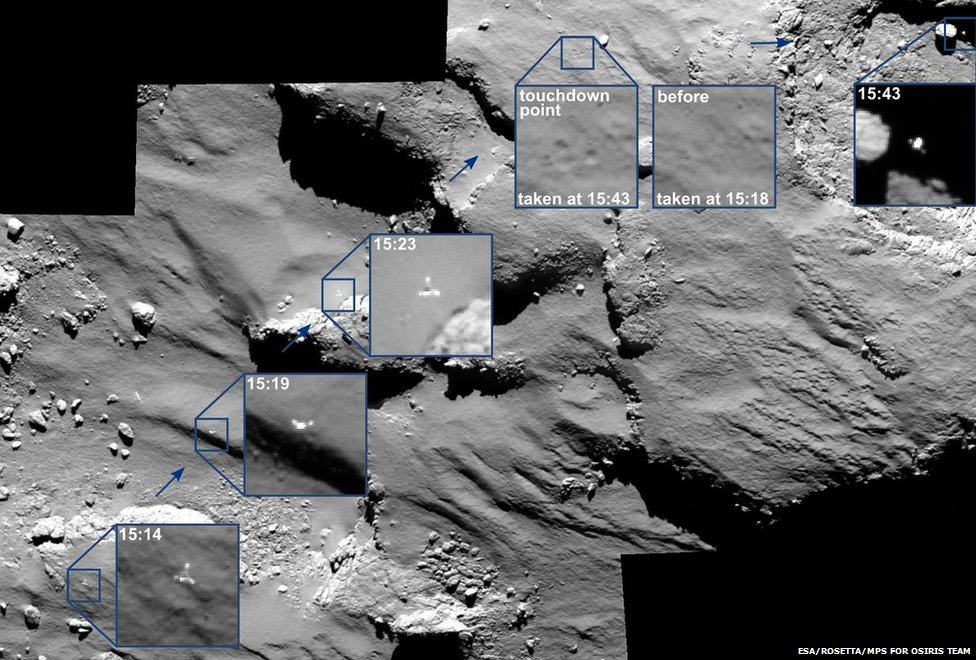
After traveling 4 billion miles, accomplishing an exhilarating landing on a 84,000-mph moving target, and, after 57 hours of work in an unfortunately dark location, successfully sending a valedictory round of data, the ESA’s history-making Philae probe falls into slumber. “We still hope that at a later stage of the mission, perhaps when we are nearer to the Sun, we might have enough solar illumination to wake up the lander and re-establish communication.” Rest well, little lander — ya did good.
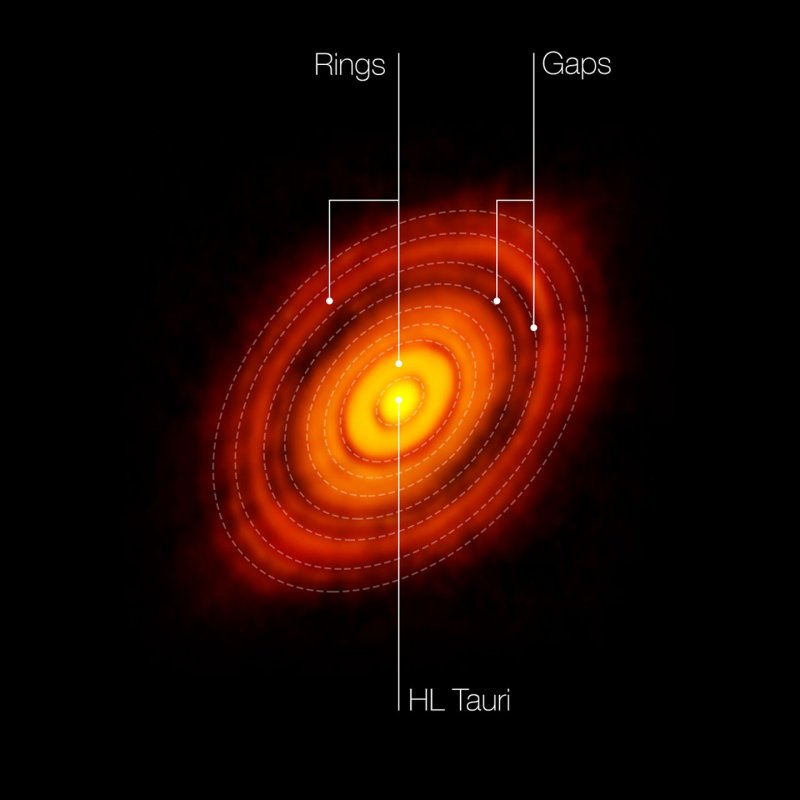
Also in space news, the Atacama Large Millimeter/submillimeter Array (ALMA) captures our best look yet at potential planetary formation around a newborn star, 450 light years away. “The disk surrounding HL Tauri is much bigger than Neptune’s orbit, so any planet in the gaps would at least begin at a larger orbit than the major planets in the Solar System. Additionally, other gaps could be ‘resonances’: orbits where the combined gravity of the star and protoplanets drive matter out, concentrating it in the rings.”

In a nifty experiment involving movement-mimicking robots and a brief time delay, scientists uncover a potential neurological basis for sensing ghostly phenomena. “The mismatched sensory and motor information confused their brains…If those…didn’t match up, my brain would revise its perception of reality to account for the discrepancies. Maybe I’m not inside my body at all, it might think. Maybe I’m over there.”
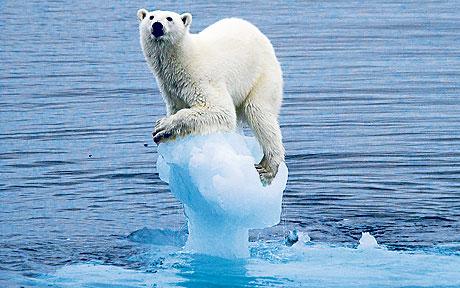
A sobering analysis by WWF and the Zoological Society of London finds that Earth has lost half(!) its wildlife over the past four decades (Those g*dd*mned parrotfish notwithstanding, of course.) “Creatures across land, rivers and the seas are being decimated as humans kill them for food in unsustainable numbers, while polluting or destroying their habitats…Today’s average global rate of consumption would need 1.5 planet Earths to sustain it. But four planets would be required to sustain US levels of consumption, or 2.5 Earths to match UK consumption levels.”
In related news, PriceWaterhouse runs the accelerating numbers on climate change and predicts a catastrophe within only twenty years, including “food security threats, coastal inundation, extreme weather events, ecosystem shifts, and widespread species extinction…at current rates, we’re headed towards 7.2 degrees Fahrenheit of warming by the end of the century—twice the agreed upon rate…G20 nations, for example, will need to cut their annual energy-related emissions by one-third by 2030, and by just over half by 2050.”
And here, the National Snow and Ice Data Center graphs the melting of the Arctic over the past 35 years. “The frigid dissolution, which the NSIDC calls ‘one of the most visible indicators of our changing climate,’ is worrying news as the ice plays a big role in reflecting solar radiation away from the planet. With less of it covering the ocean, the Northern Hemisphere will likely heat up quicker, hastening our arrival to the days of dangerously high sea levels.” And if — at this exceedingly late date — you don’t want to believe the science, ask the walruses.
It’s not like this all is a secret. We just saw the largest climate change march in history take place in New York. But you wouldn’t know about the threat we face from watching the news, who’ve (erroneously) decided that the real existential danger to life on this planet are ISIS (wrong) and Ebola (closer, still wrong.) Wolf Blitzer et al, you’re digging in the wrong place.
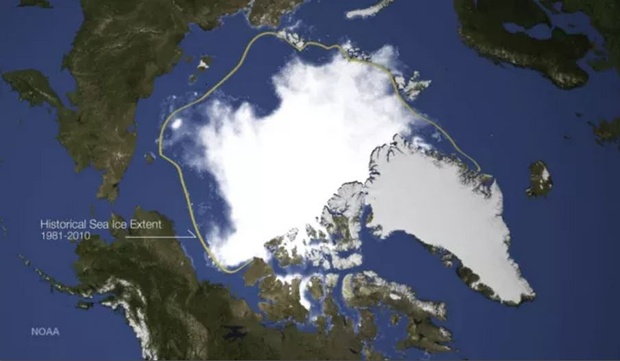
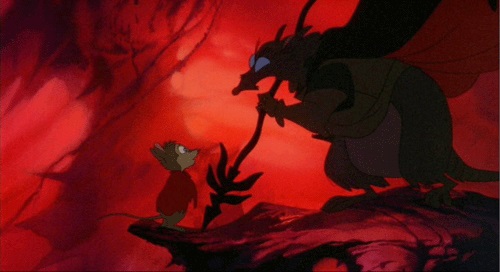
Scared and smarter: In an experiment right out of the The Secret of NIMH, researchers discover that mice learn faster after being given a gene linked to human speech. ‘What surprised me most was that the humanized gene actually improved the animal’s behavior rather than messing up the system.'” Remember…Dubya did try to warn us.
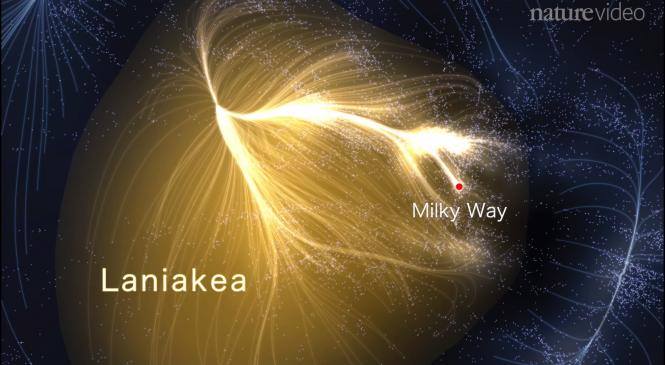
Using an algorithm based on the velocity of redshifting galaxies, a team of University of Hawaii astronomers identify our galaxy’s place in the newly-identified Laniakea supercluster. (Laniakea being Hawaiian for “Immeasurable Heaven.”) Adds Slate‘s Phil Plait: “Laniakea is about 500 million light years across, a staggering size, and contains the mass of 100 quadrillion Suns — 100 million billion times the mass of our star.”

Citing various recent research, Vox’s Joseph Stromberg extols the benefits of the coffee nap. “So if you nap for those 20 minutes, you’ll reduce your levels of adenosine just in time for the caffeine to kick in. The caffeine will have less adenosine to compete with, and will thereby be even more effective in making you alert.” And just imagine how much more fulfilling a Red Bull-Guinness-Coffee-Nap would be.